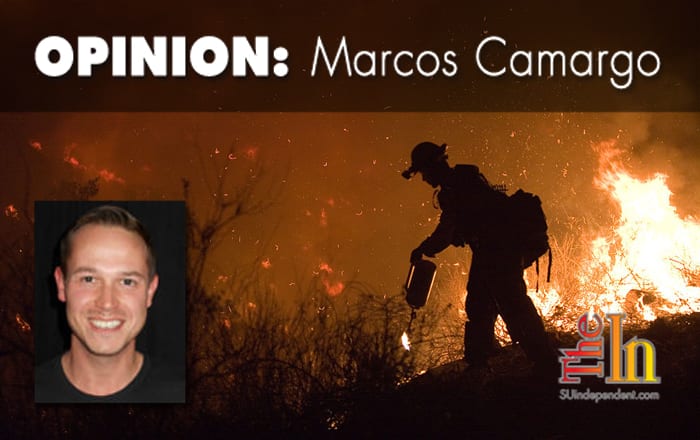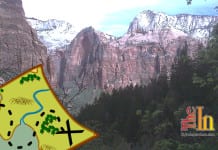
Written by Marcos Camargo
I admit it. The dollar figure given in the title isn’t exactly accurate, but only because it would be hard to find data for every state and municipal agency who also pays a part of wildfire suppression costs. The $3.2 billion dollars accounts for only the U.S. Department of Agriculture and the U.S. Department of the Interior. That’s how many federal tax dollars go into managing the nation’s wildfires.
Debate about the government’s role in preventing and fighting fires on public lands is nothing new. It’s been an ongoing topic for decades with environmentalists, scientists, politicians, big business, and private citizens all chiming in. But most of those in the know seem to agree on at least one thing: wildfires are getting worse. Federal agencies have responded by throwing cash at the problem, perhaps hoping that money has fire-extinguishing properties. Unfortunately, it doesn’t.
No doubt there are multiple reasons behind the West’s fire issues—climate change, prolonged drought, invasive species. But there’s another reason most people don’t like to hear: we fight too many fires.
One of my favorite camping spots is just south of Flaming Gorge Reservoir in the Ashley National Forest. I’ve been there several times in the past two decades, but two particular visits stand out in my memory of the place. The first took place in 2003, not long after I moved to Utah from Oregon. The second occurred in 2010. I camped in the Sheep Creek area both times, but the 2010 trip took me by surprise. Unknown to me, a wildfire had swept through the area in 2005, burning 3500 acres. In 2003, the forest was thick with undergrowth. Deadfall and shrubbery made the denser parts of the forest almost inaccessible without serious bushwhacking. When I returned nearly seven years later the forest had changed. Healthy looking evergreens stood tall and separate from their neighbors. The dead logs had disappeared. All that remained of the shrubbery was a short mat of grass and a few saplings. The forest looked fresh, like a cleaning crew had burned through, and indeed one had.
Nearly a century of aggressive fire suppression has left our forests as giant tinderboxes just waiting for a spark. Fires have always been a natural part of the ecosystem. Smokey the Bear wants you to believe that ‘only you can prevent forest fires.’ I guess Smokey forgot that lighting causes at least half the fires in Utah every year.
So a simple solution might be to adopt the adage ‘let it burn,’ at least in as much as people can be evacuated and no large residential areas are at risk. I say large residential areas because, in my opinion, if you own a cabin in the middle of a forest and don’t protect it with well-developed defensible space, then wildfires are your problem, not everybody else’s. But like I said before, this isn’t something most people like to hear. We like to think we can control nature even when the cost in both money and human lives far exceeds the cost in property damage.
Business interests come into play as well. The timber industry lobbies extensively to continually increase wildfire suppression budgets. Even though the forests supposedly belong to all of us, only timber companies make an actual profit from the trees themselves. But like most large industries, big timber can’t see the forest for the trees.
Even government agencies admit that it’s often politics more than reason that drives such enormous fire control efforts. The National Association of State Foresters said it best in a 2000 report about efficient use of wildland fire suppression resources: “Citizens, politicians, administrators, and the media have no concept of reality.”
The reality is that we squander millions, if not billions, of dollars annually to fight wildfires that are part of natural forest ecology.
Marcos Camargo grew up in the rural heartland of Oregon. In 2003 he moved to Utah to find his place in the world and fell in love with the deserts of America’s arid country. An avid student of history and politics, he has a great interest in Western and Native American history and culture. He spends his free time exploring the wilderness of the Southwest.




